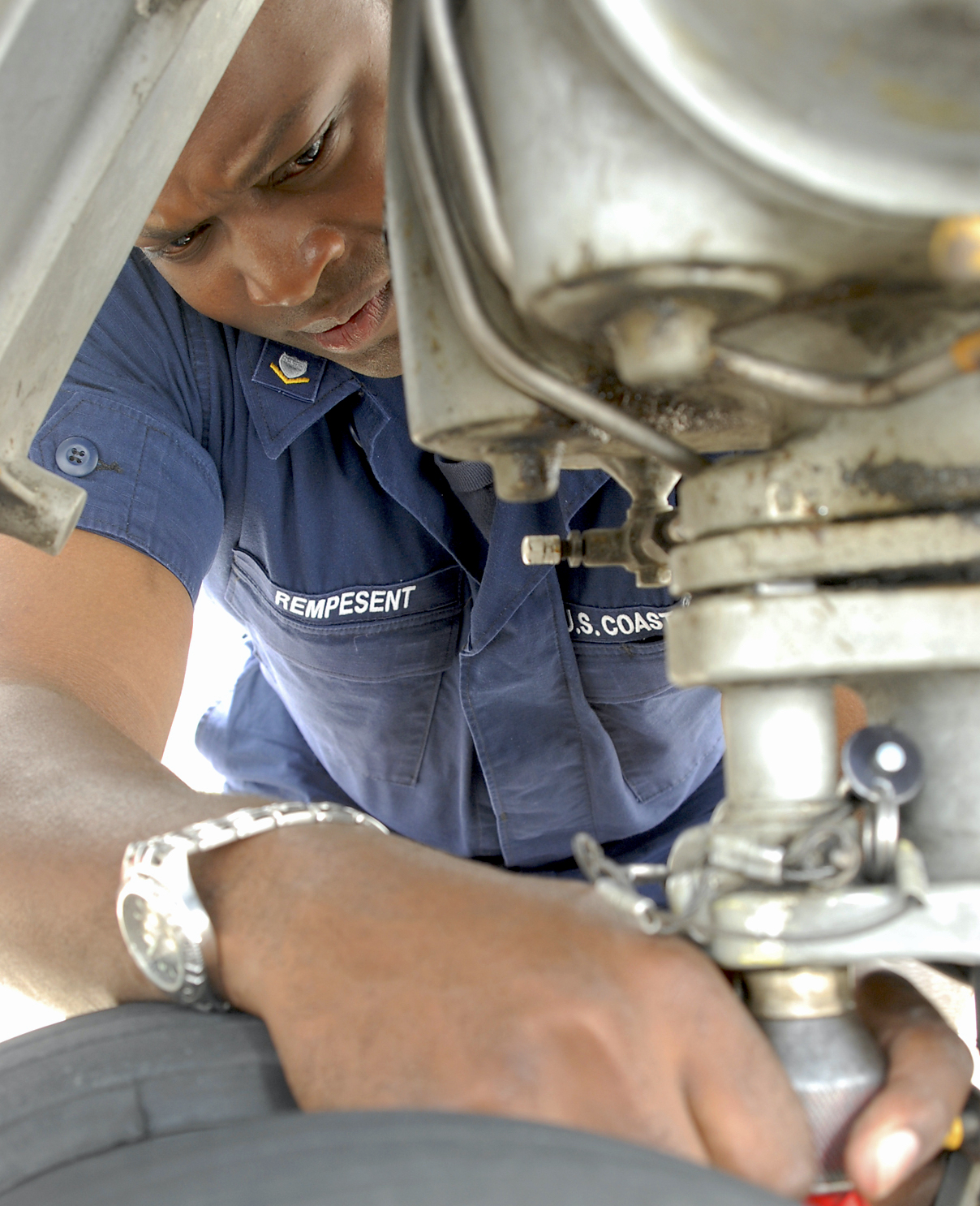
This post is part of a series of stories looking back at the top naval news from 2020.
This year saw the Coast Guard conducting numerous counter-drug operations as the Trump administration increased its focus on anti-drug missions in U.S. Southern Command.
As each service grappled with how to handle the coronavirus pandemic, the Coast Guard continued its narcotics seizures in U.S. Southern Command.
Meanwhile, the White House called for a reassessment of one of the Coast Guard’s most important acquisition programs, as the Trump administration continues adjusting to the Pentagon’s new National Defense Strategy.
As the Navy continues to work its way out of its own maintenance backlog, the service’s use of smaller yards has made it more difficult for the Coast Guard to contract repair work for its ships.
Operations

Throughout 2020, the Coast Guard worked with the U.S. Navy to perform numerous counter-narcotic missions in U.S. Southern Command and U.S. 4th Fleet, with the U.S. seizing more than a billion dollars of drugs at sea, USNI News reported in July.
As part of the emphasis on anti-drug missions, the U.S. Navy ramped up its warship presence in the region, a move that helped the Coast Guard operate the assets needed for anti-drug missions.
Vice Adm. Steven Poulin, Coast Guard Atlantic Area commander, cited the platforms available to operate the Coast Guard law enforcement detachments (LEDETs) as crucial to the increase in drug seizures.
“It starts with a ship, and then it starts with a law enforcement detachment on board. The more law enforcement detachment you get out there, the better able you are to do the actual end game of interdiction,” Poulin told USNI News in an interview earlier this year.
“It also includes getting helicopters, more helicopters on the flight decks of the assets that are now in there, including precision marksman on those helicopters. And that’s what we’re doing.”
The Coast Guard also continued performing various operations in other regions around the globe, from Africa to the Arctic.
Just this month, the service’s newest national security cutter left for its first patrol – a mission in the Southern Atlantic to tackle illegal fishing, one of the Coast Guard’s main operational mission sets.

Just off the production line from Huntington Ingalls Industries, the Legend-class Stone (WMSL-758) recently left for its inaugural deployment that is expected to last several months.
The Coast Guard’s operations also extended to the Arctic – a region the Pentagon is placing a new emphasis on as it works to counter both Russian and Chinese presence in the waters.
In August, the service participated in a Canadian maritime exercise called Operation Nanook and sent a medium-endurance cutter to sail in the Atlantic Ocean north of the Arctic Circle for the first time in years.
One Coast Guard ship had to end an Arctic mission earlier this year after experiencing a fire that forced the ship back to its homeport for repairs. The vessel – icebreaker USCGC Healy (WABG-20) – encountered an electrical fire on Aug. 18 that damaged the propulsion motor on the ship’s starboard side.
Heavy Icebreaker Program

While the Coast Guard issued an award in 2019 for the first ship in its new Polar Security Cutter program, the White House in a June memo called for the service and other government agencies to reassess plans for the fleet.
“To help protect our national interests in the Arctic and Antarctic regions, and to retain a strong Arctic security presence alongside our allies and partners, the United States requires a ready, capable, and available fleet of polar security icebreakers that is operationally tested and fully deployable by Fiscal Year 2029,” the memo reads.
VT Shipbuilder Halter Marine Inc., which in 2019 won the $745 million award to build the first icebreaker, is slated to start construction on the first icebreaker in 2021.
It’s unclear how the report the Trump administration ordered will affect the heavy icebreaker program.
Maintenance

The Navy’s maintenance backlogs, which have caught the ire of lawmakers over the years, have also affected the Coast Guard’s ability to issue maintenance contracts for its own ships, USNI News reported this year.
Speaking at the WEST 2020 conference, cohosted by U.S. Naval Institute and AFCEA, Rear Adm. Nathan Moore, the Coast Guard’s assistant commandant for engineering and logistics, described how the Navy’s use of smaller yards for repairs is making it more difficult for the Coast Guard to receive bids on its work.
“As the Navy has pushed out into the commercial shipyard industry now in the last couple years, they really have sort of blocked out the sun in terms of our availability of using those commercial yards that we relied on,” Moore said at the time.
“So if you run a ship repair business and the Navy wants to roll into dry dock and do a $40 million dry dock (availability) for an LHA, and we say, hey, how about our Coast Guard ship for $2 million? We just don’t see really any responses – almost no responses today to a lot of our dry dock and dock-side repair packages, which means we pay for the ones that do respond. So I think we need more coordination on that.”
Because the Coast Guard receives fewer bids on its work, the contract costs increase, according to Moore. Industry, the Navy and Coast Guard have tried to include Coast Guard ships as “filler work between Navy projects,” and are working toward a more synchronized initiative to continue that workflow, Moore said at the time.





